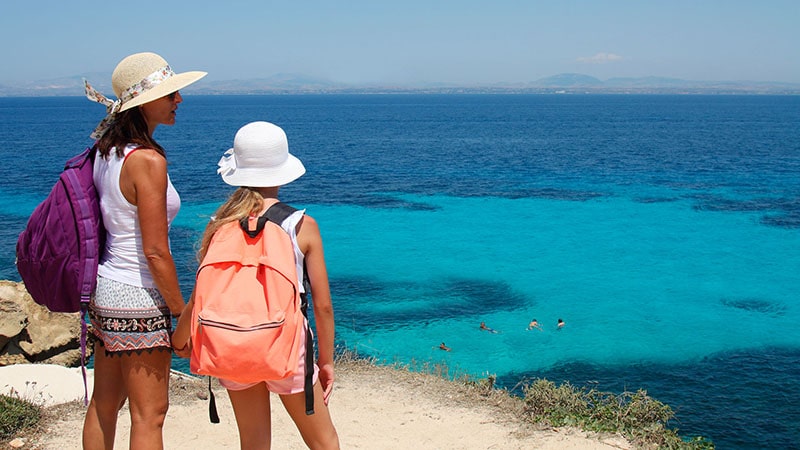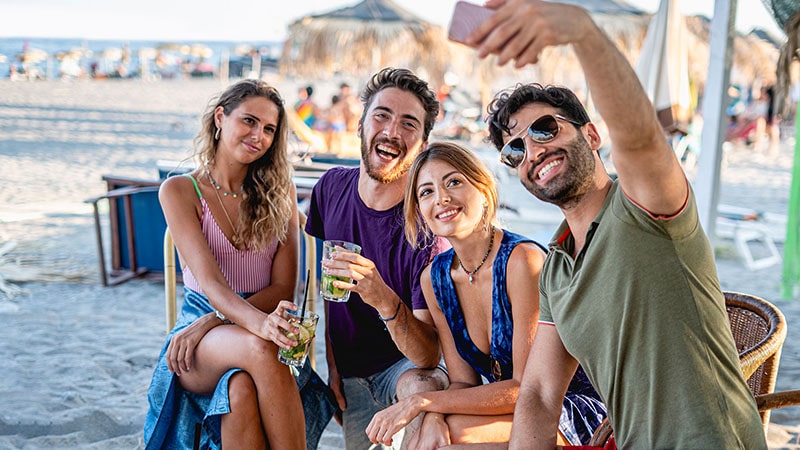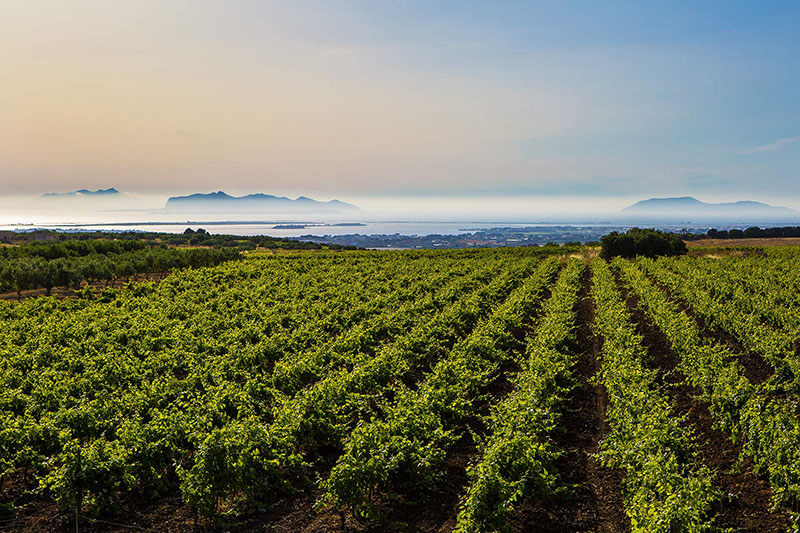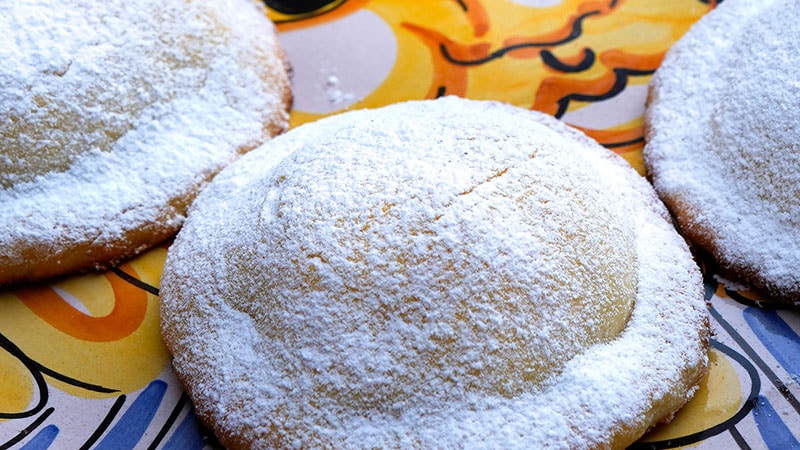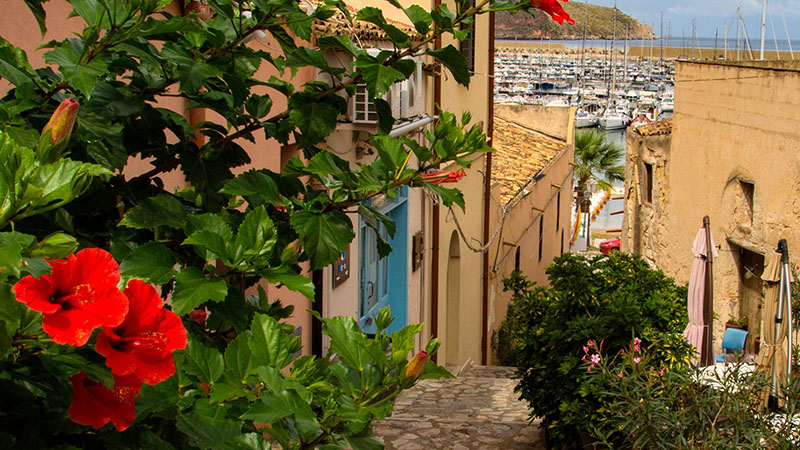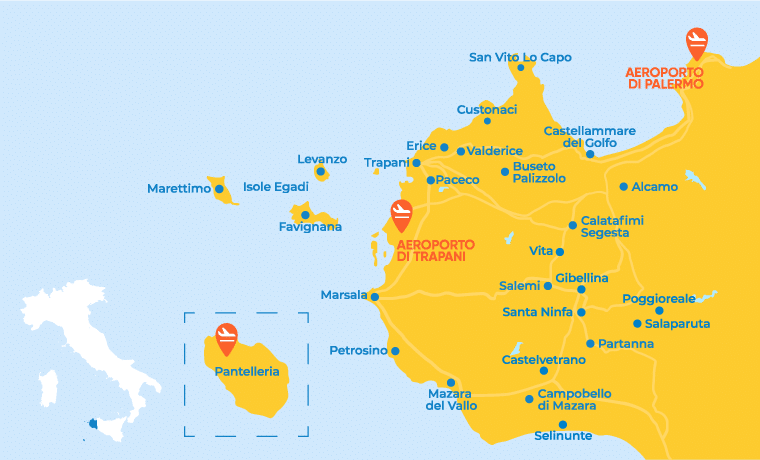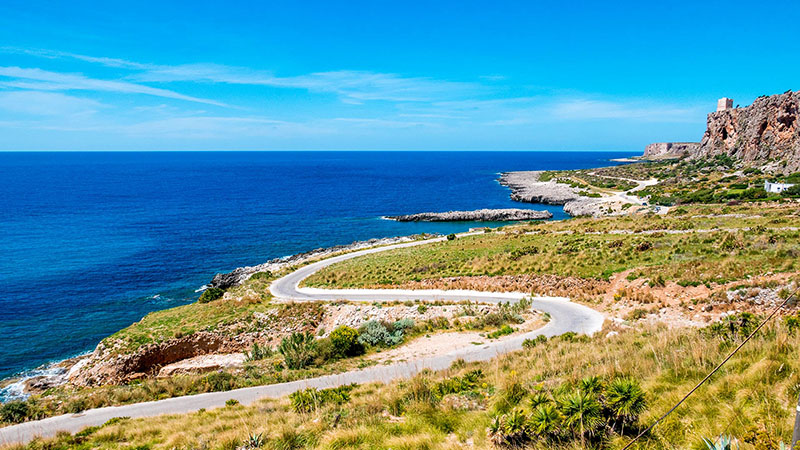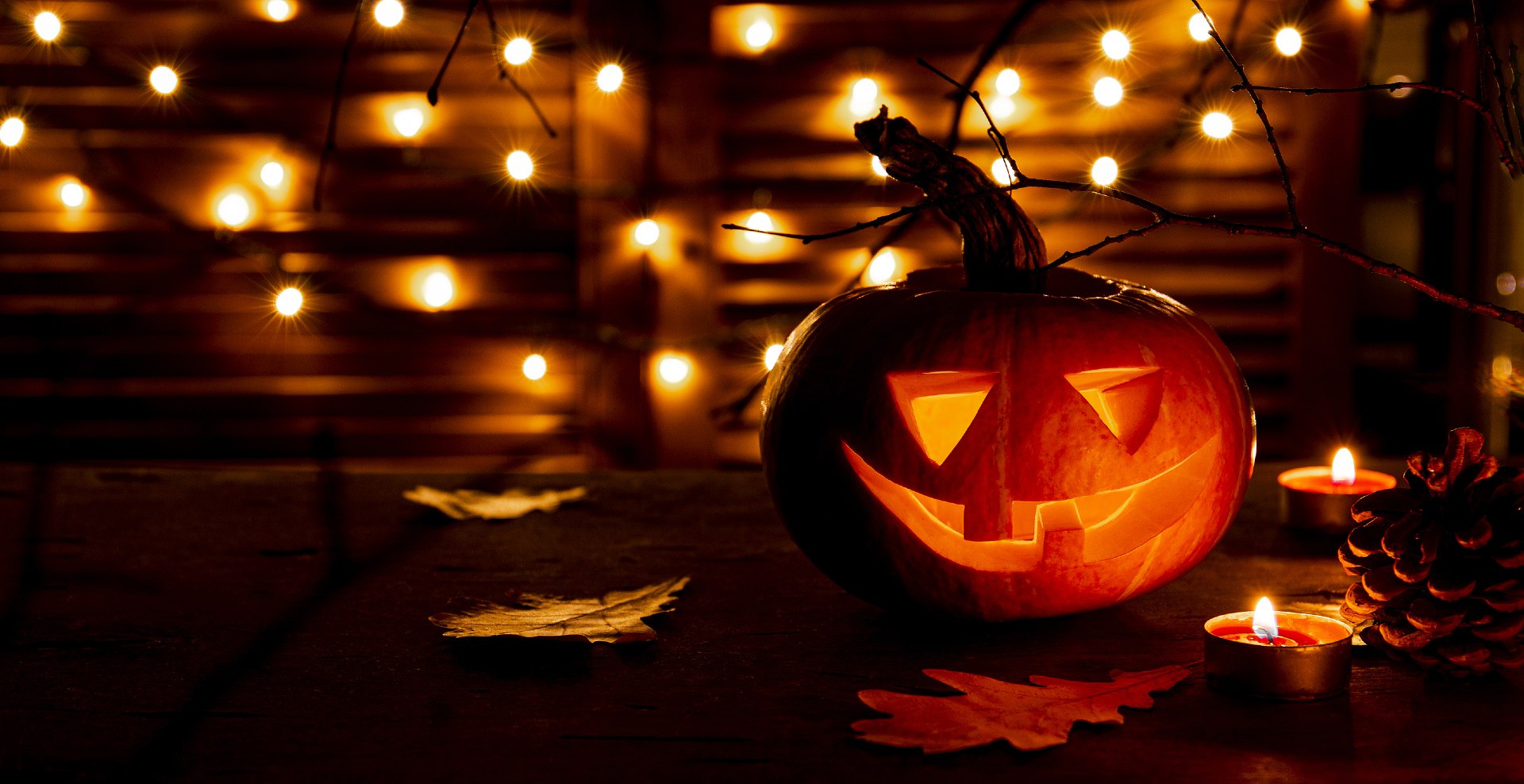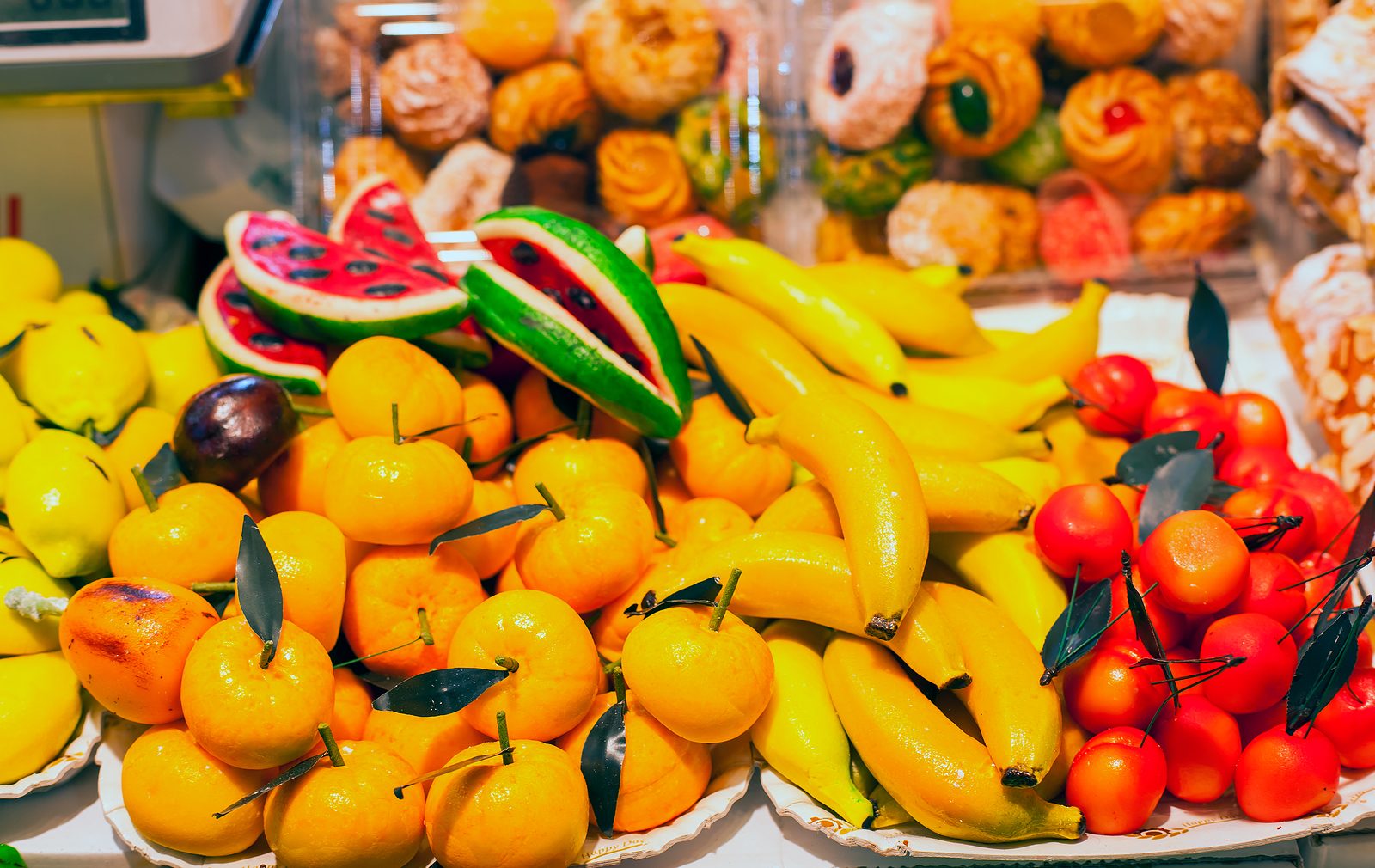Day of the Dead in Sicily: Between Tradition and Curiosity
As October comes to an end, while the rest of the world gears up for Halloween, Sicily is adorned in a myriad of colors to celebrate the so-called “Festa dei morti” (Festival of the Dead), one of the most significant events from both a cultural and gastronomic perspective.
Don’t let the name intimidate you. While it’s true that this festivity brings with it the remembrance of loved ones who are no longer with us, the sentiment associated with it is one of absolute joy. Tradition dictates that on the night between the 1st and 2nd of November, the departed bring toys, marzipan fruits, sugar puppets, and other treats as gifts to the little ones (“picciriddi” in Sicilian dialect).
So, we’ll tell you now: forget about pumpkins, witches, and Halloween bats that Anglo-Saxon imagination has accustomed us to in recent years! In this article, we want to share with you the true origins of the Sicilian Festival of the Dead, the differences with Halloween, and, above all, suggest what to eat in Sicily during this time of the year!
The Origin of the Tradition
In Italy, the Festival of the Dead or “Commemoration of the Deceased” is celebrated on November 2nd, precisely the day after “All Saints’ Day.” It is a celebration in the Catholic Church, but it has roots in pagan tradition. Let’s not forget that the idea of an afterlife has always been inherent in human beings.
To better understand the origins of this celebration, let’s take a step back in time when the Celts celebrated the pagan festival of Samhain (“all souls”) during the night between October 31st and November 1st: it was the so-called Celtic New Year, marking the beginning of winter.
At this transitional moment, it was believed that the afterlife and the earthly world overlapped, allowing spirits to return to visit their homes. The fear associated with the presence of souls intertwined with celebrations for the start of the new year, continuing throughout the night inside cemeteries.
From this brief story, you may have already guessed that pagan rites have influenced not only the famous Halloween festival (“All Hallows’ Eve,” the eve of All Saints’ Day) but also Christian festivities. In the year 608 AD, Pope Boniface IV decided to establish a Christian festival to celebrate All Saints. About two hundred years later, Gregory IV moved this celebration from May 13th to November 1st, probably to align it with the pagan celebration and thus overshadow it. With the same intent, the Commemoration of the Deceased on November 2nd was eventually introduced.
Since then, pagan traditions from the past have continued to exist and intertwine with new Christian festivities all around the world. In Italy, the Festival of the Dead has taken on different characteristics depending on the region, and today in Sicily, it is deeply felt by both young and old, both in religious sentiment and in folkloric and gastronomic senses.
But what makes this day so special? And what truly distinguishes the Festival of the Dead from Halloween?
Continue reading to discover the features and differences between these two festivals!
Day of the Dead in Sicily: Differences with Halloween
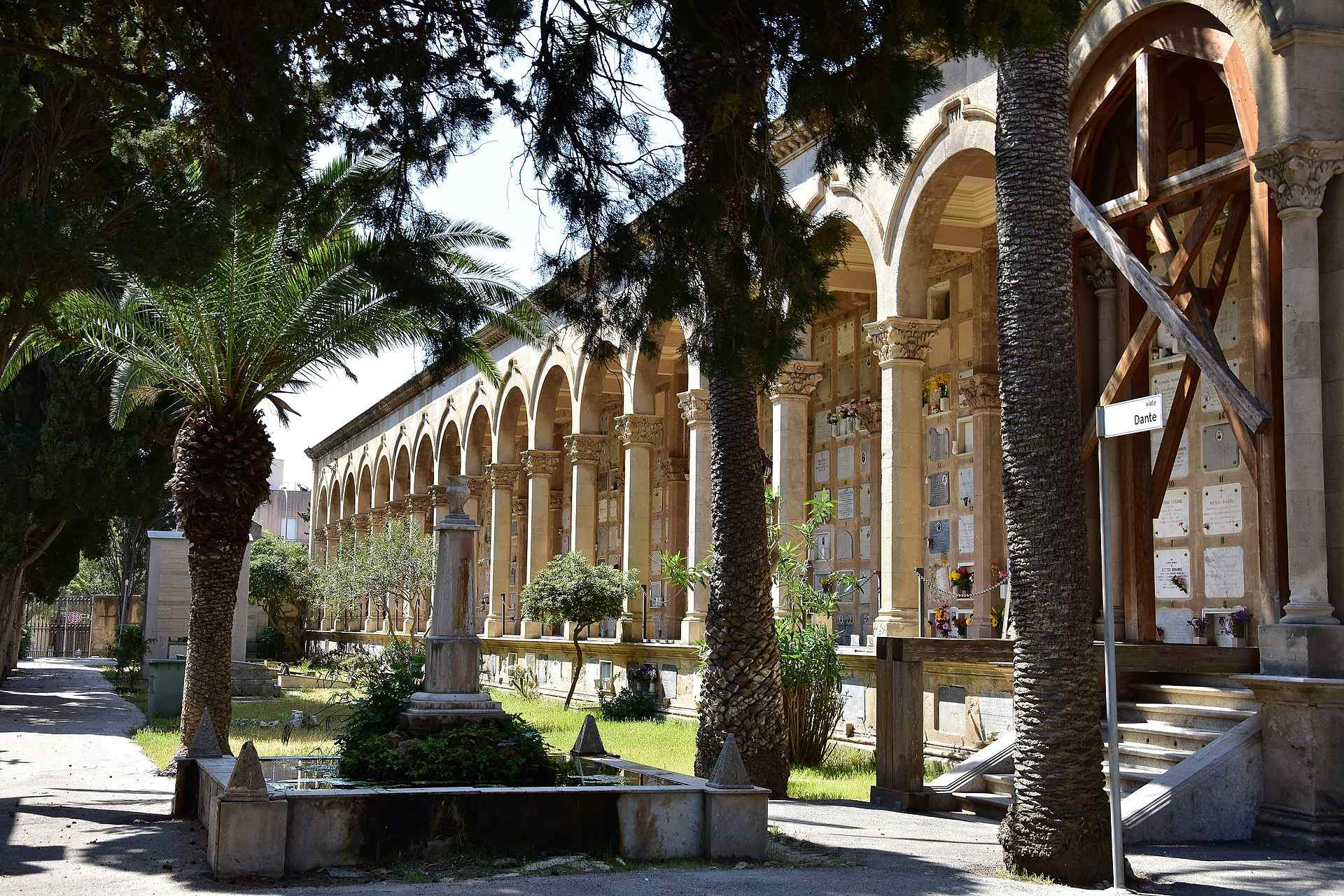
Although the Commemoration of the Deceased is present in various countries around the world, in Sicily, this celebration takes on a truly special meaning and is deeply connected to culinary tradition, as is the case with most festivities.
As we mentioned at the beginning of this article, Sicilian tradition tells that on the night between the 1st and 2nd of November, the souls of the deceased return to visit their loved ones.
During their stay, the departed would strategically hide toys and sugar puppets around the house, actually placed there by parents while the little ones sleep. This is how, on the morning of November 2nd, upon awakening, children of all ages run excitedly in search of the awaited gifts.
For this reason, in the month of October, various Sicilian cities host the “Fairs of the Dead,” where you can purchase games and sweets typical of the period (which we will reveal to you shortly!).
And so, once the toys are found and the table is set to welcome the visiting souls, both young and old visit the cemetery for a visit that is anything but somber. As the writer Andrea Camilleri also recounted: “On November 2nd, we returned the visit that the dead had paid us the day before: it wasn’t a ritual but an affectionate custom,” experienced with gratitude even by children.
In short, the Feast of the Dead in Sicily is a bridge that unites different generations and allows for the preservation of the joyous memory of those who are no longer present, even in the youngest. It is a moment with a strong educational connotation, enabling children not to perceive death as a sad event but as something natural.
After the release of the animated film Coco, produced by Disney/Pixar, in recent years, the Sicilian celebration has often been associated with the Mexican Día de los Muertos. But as you know, the most popular celebration almost everywhere at this time of year is another one: as you may have guessed, we are talking about Halloween, the Anglo-Saxon festival celebrated on the night of October 31st.
Perceived as a trend imported from abroad solely for commercial purposes, this festival raises eyebrows among traditionalists who fear that local customs and traditions may slowly be lost. The most extreme even believe it to be a diabolical and evil celebration.
In reality, as we saw a few lines above, the pagan and the Catholic observances are two sides of the same coin because the motivations from which they originate contain numerous similarities.
So, what are the differences between the Feast of the Dead in Sicily and Halloween?
As we have seen, even in the pagan world, it was believed that souls would return for a visit during the night. Hence, it was a tradition to light lanterns made from carved turnips and wear large frightening masks to ward off evil spirits. As you may have seen in many movies and TV series, these characteristic elements have evolved to the present day.
This is how turnips have been replaced by pumpkins, and on the night of October 31st, the streets are filled with adults and children dressed as ghosts, mummies, witches, vampires, and more! Even the facades of houses dress up with decorations and cobwebs, preparing to welcome children who will knock on doors all evening, reciting the famous question “Trick or treat?” in the hope of receiving sweets and candies. In short, even in Anglo-Saxon countries, children celebrate a holiday connected to death and spirits in a carefree manner.
Although Halloween has now made its way to Sicily with its colorful costumes and spooky imagery, the tradition of gifts for the little ones persists in Sicily, along with the great gastronomic tradition of “dolci dei morti” (sweets of the dead).
Would you like to discover all the delicious treats to savor in Sicily between October and November?
Get ready to take notes; we are about to reveal them to you!
The typical sweets of the Sicilian Feast of the Dead.
There is no festival in Sicily that is not celebrated with a focus on good gastronomy, and the typical sweets of the Sicilian Feast of the Dead are no exception!
Around mid-October, bars, pastry shops, and bakeries across the island fill up with delights of a thousand colors used to prepare the typical “cannistru” of November 2nd—a basket rich in dried fruits, sweets, and cookies symbolizing an offering to one’s departed loved ones.
Here are the must-try sweets, the ones you absolutely have to taste at least once in your life!
- Frutta di Martorana: Made with almond paste (marzipan), it’s a true work of art. Hand-painted one by one, these little sweets are usually shaped like fruits and vegetables using special plaster molds. Imagine a display of strawberries, figs, peaches, tomatoes, corn cobs, with over the years, original variations such as fried eggs, shrimp, sandwiches with chickpea fritters, and, connecting to Halloween symbols, even pumpkins!
- Pupi di Zucchero (Sugar Puppets): Sugar sculptures decorated with vibrant colors, traditionally anthropomorphic in shape. This sweet has also evolved over time, adapting to trends and children’s tastes. So, alongside knights and ladies, today you might find beloved cartoon characters.
- Crozzi ‘i mottu (Bones of the Dead): Cinnamon and clove-flavored cookies, with a caramelized base and a white, crumbly top reminiscent of bones. Their preparation is unique; to achieve their characteristic texture, the cookies are left to dry in the sun for two or three days before baking.
- Traditional cookies: Impossible to choose; you should try them all!
– Misto Siciliano, including tetù and teio biscuits, with a soft texture and covered in white or black icing.
– Taralli, lemon-flavored and coated with sugar icing.
– Mustazzoli with cooked wine and Reginelle, both coated with sesame seeds.
Let’s also take a moment to appreciate the savory delights that cannot be missing from the November 2nd tables: macco di fave (fava bean purée) and muffoletta, a round sandwich simply seasoned with olive oil, salt, pepper, and anchovies. As genuine as it is delectable, thanks to high-quality ingredients such as DOP olive oil from the Trapani valleys.
Which of these specialties would you like to try? You’re probably thinking “All of them!” and we understand perfectly; it’s hard to resist such goodness!
Exploring western Sicily between October and November is the perfect opportunity to discover unique aspects related to ancient local traditions, such as the Feast of the Dead. A celebration both intimate and joyful, colorful, and rich in flavor.



